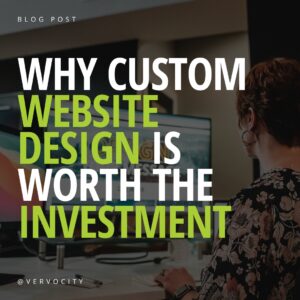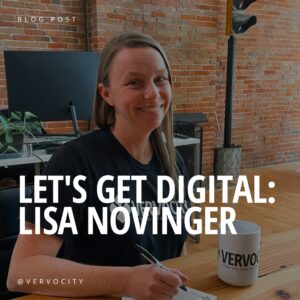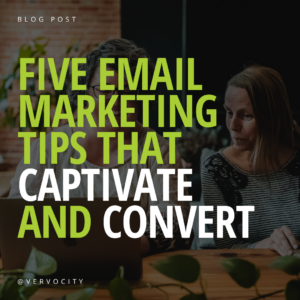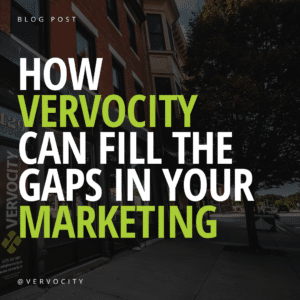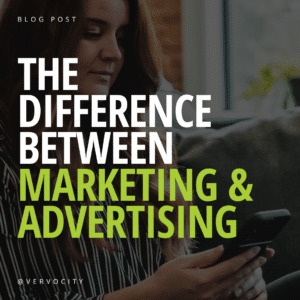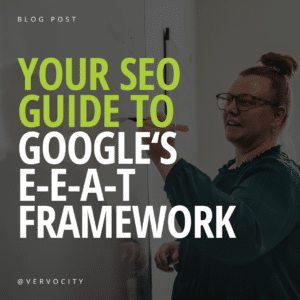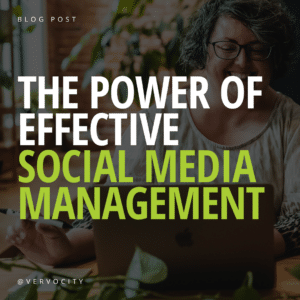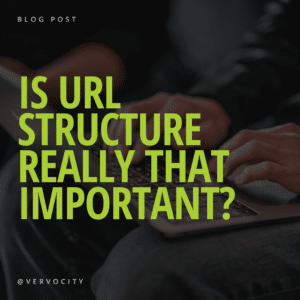Whether you’re launching a new website or refreshing an existing one, incorporating search engine optimization (SEO) into the web design can help your small business reach more customers.
Websites designed with SEO in mind can rank higher in search engine results and drive more traffic to your site.
In this post, we will discuss how to incorporate SEO into your website design, and why it’s important.
1. Keywords are key
Yep, we’re bringing up keywords again…We can’t help it – they’re important!
Keywords are the words and phrases that people type into search engines when they’re looking for something. Think about what keywords your customers might search for when they’re looking for your products or services. Then, make sure those keywords are included in your website content and in the meta tags, descriptions, and alt tags. But don’t overdo it – use keywords naturally and only where they make sense.
When it comes to assigning keywords to each page of website content, it is important to think strategically. Generally, two to five keywords are best for each page of content. Too few can make a website difficult to find in search engine results, while too many can overwhelm readers and detract from the readability of the page. Avoid using the same keywords for multiple pages. You don’t want your own website pages competing against each other for a top spot in search engines.
2. Understand Search Intent
Along with keywords, search intent relates to how users are looking for your website. However, search intent focuses more on understanding the goal behind a user’s search query.
By assessing search intent, websites can be tailored to better meet the needs of visitors, resulting in improved navigation and content structure for the user. Search intent helps websites anticipate the needs of their users by recognizing possible queries and providing content relevant to those inquiries. A website that takes into account search intent creates a more intuitive user experience and increases the likelihood of its visitors finding what they are looking for quickly and easily.
Furthermore, optimizing search intent enhances site performance by reducing page load times, as well as minimizing unnecessary clicks and distractions.
3. Optimize your website structure
The structure of your website can have a big impact on your SEO. Make sure your website is easy to navigate, with a clear hierarchy of pages and a user-friendly menu. Linking to both internal and external pages is also important, as it helps search engines understand the structure and content of your website. Page speed is also important for your website structure. Many users won’t wait around for your website to load. They’ll leave before even seeing the first page of your site.
Mobile-friendliness is necessary for a successful website. Mobile search has now surpassed desktop search, and Google prioritizes mobile-friendly websites in search results. Ensure that your website is responsive and adapts to different screen sizes to provide your audience with a positive user experience on any device.
4. Create quality content
Creating high-quality, relevant content is crucial for SEO. When designing your website, make sure to include well-written and informative content that incorporates your chosen keywords. Regularly updating your content can also help improve your SEO, as search engines favor websites that are frequently updated. Including images and videos on your website can also make it more engaging for users.
Headings
Before writing your page content, identify the keywords you’ve assigned to that particular page. Those keywords will become part of the headings of that page.
Headings provide structure to a website’s content by allowing search engines to better understand the purpose of a page and rank it accordingly. Headings also help users quickly identify key information on the page, thus improving user experience. Headings with keywords related to the topic of the web page can also help increase search engine rankings, as they appear in search engine results. High-quality headings with descriptive words will signal to both search engines and users that a web page is relevant and useful.
Keep in mind that not all headings will have the same importance. Create a hierarchy with your headings with Heading 1 (H1) being the most important. You should only have one H1 per page. For example, the title of this blog post is our H1. From there, assign your headings in order of importance, with H2s, H3s, H4s, etc. following.
5. Use meta tags and descriptions
Meta tags and descriptions are snippets of text that appear in search engine results. They give users a brief description of your website content and can help improve your click-through rate. When designing your website, make sure to include meta tags and descriptions for each page, incorporating your chosen keywords and a clear call to action.

Vervocity SEO Google title & meta description
6. Monitor your analytics
Once your website is up and running, you can track your SEO performance using tools like Google Analytics. Tracking your analytics can help you identify areas where you need to improve, such as where visitors are spending the most time on your website and which pages are driving the most traffic. This information can then be used to make changes to your website design and content to improve your SEO.
How Vervocity Uses SEO in Website Design
SEO is not a one-time task, but a continuous process. Search engines algorithms are constantly changing, and Vervocity stays up-to-date with the latest trends and updates to stay ahead of the competition. Our specialists follow SEO blogs, attend industry events, and engage in ongoing research and training to ensure our clients receive the best service possible.
In addition, Vervocity is a full-service creative agency. This means that we have a talented group of people working together to make our clients wildly successful. Our website designers and SEO specialists work together to build websites that are aesthetically pleasing, industry-specific, and incredibly functional.
Let us show you how we can use your website design to help you get more customers, stand out from the competition, and drive results. Contact us online or give us a call at (217) 222-1451 today.

